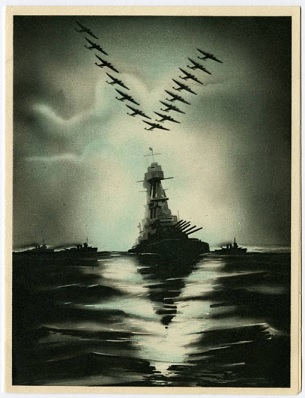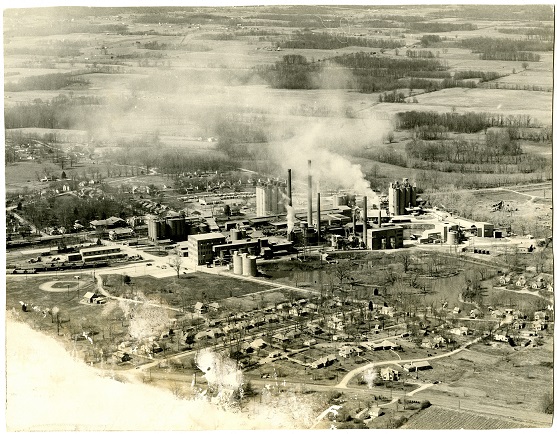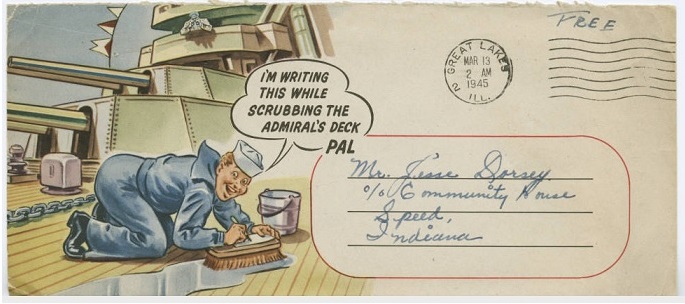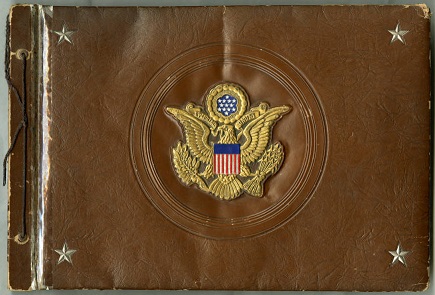Jesse G. Dorsey Collection & History of Louisville Cement Company
Speed and Sellersburg, Indiana
|
History of the Louisville Cement Company and the Jesse G. Dorsey Collection at Sellersburg Library
J.B. Speed's first step in expanding the company was to build a new cement mill in Petersburg, Indiana. He also acquired a cement mill not far away in Watson, Indiana. This mill known as Queen City Mill was very productive and went out of service in 1893. In 1871, purchased a lime plant in Utica, Indiana. And J.B. Speed became the president of the LCC. In 1895, William S. Speed, son of J.B. Speed, joined the company as assistant to his father. William Speed is credited with getting the company to switch from producing natural cement to porland cement in 1906. J.B. Speed passed away in 1912 and William Speed was elected president of the company. Production of Brixment, a special blend of cement was put into production in 1917. In 1919 the company initiated plans for the general civic improvement of Speed to meet the needs of the cement workers and their families. The Speed family built houses, a grocery store, a hotel, a department store, an interdenominational church, a golf course, a swimming pool, a ball field, a park, and a community house. The Speed Community House, dedicated in 1920, fronted a picturesque park with gardens and a bandstand. It housed a library, a gymnasium, game, music, and art rooms, and a shooting range. Public fairs, open-air movies, concerts, dances, and company picnics were held on its grounds. Speed was developed and maintained as a company town. Jesse G. Dorsey was appointed Director of Recreation and Welfare for the company and ran the Speed Community House. In 1941, Speed became part of World War II. Young men and women from the community and the cement plant joined the armed forces and were sent all over the world. One hundred and eighty-seven men left the Louisville Cement Company to serve.
Dorsey received replies to his letters from all over the world. The letters and cards, some filled with photographs, military patches, menus, foreign money, and other war memorabilia, arrived at the Community House. Many convey thanks to Dorsey and the community for the “letters from home.” Many letters come from grateful family members of the service personnel who wanted to thank Dorsey for his efforts. As the war began, the tightly censored letters mentioned the weather, food, and scenery. The war’s devastation through the eyes of small town Hoosiers was slowly revealed as the correspondence continued.
The efforts of the Speed community and Jesse Dorsey continued through the end of World War II. In 1946, The Indiana Historical Bureau requested Dorsey’s collection of letters from service men and woman be deposited in the Indiana State Library. However, he only allowed access at the Community House and steadfastly maintained that the letter collection remain in the community. The Louisville Cement Company – Speed Plant eventually was sold and the Community House closed. The company gave the remaining contents of the Community House Library and Dorsey’s files to the Sellersburg Library. The Jesse Dorsey Collection is housed in the Indiana Room of the Sellersburg Branch of the Charlestown-Clark County Public Library. In July 2007 and July 2008, Charlestown-Clark County Public Library received LSTA grants for the purpose of digitizing the letters and postcards in this collection. These images, which consist of 1606 letters and postcards, are accessible online at Jesse G. Dorsey World War II Correspondence on Indiana Memory. This is a list of the World War II letter writers. The KET program Louisville Life featured a story about this collection and Indiana Ordnance Works in Charlestown, IN on Thursday, October 25, 2007 on KET2. Jesse Dorsey continued to write to soldiers when the Korean War began. This collection contains 109 letters and post cards which can be viewed on Indiana Memory in the Clark County Collection at Jesse G. Dorsey Korean War Correspondence. This is a list of the Korean War letter writers. There are many other items that are part of Jesse Dorsey's files pertaining to the Louisville Cement Company and the surrounding communities of Speed and Sellersburg. The company newsletter, The Speedometer, was first published in 1921 until 1929 when it ceased publication during the 1930s. The Warning Star had a brief run in 1937. In 1941 with the start of World War II, The Speedometer was put into publication once again. It was published through 1956 when the name was changed to The Speed Way which was published until 1968. The publication was then named The Louisville Cement Magazine. All of the Speedometer, Warning Star, and Speed Way newsletters that the library owns have been digitized and are part of the Clark County Collection on Indiana Memory. Additionally, eight issues of Speed Mixer a newsletter of the Louisville Cement Company's Louisville, KY office have been included in the digital collection. |






